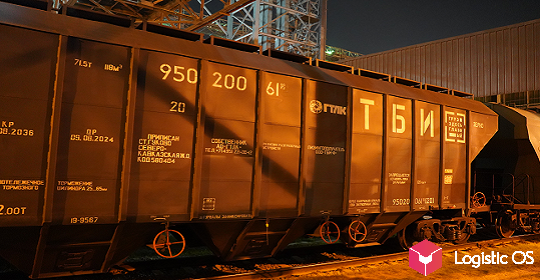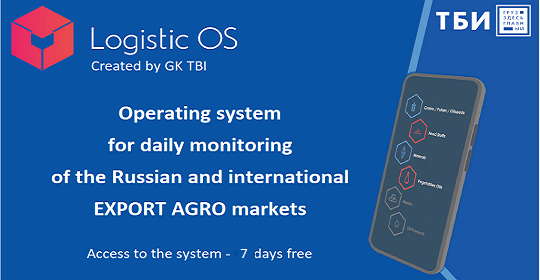A coronavirus outbreak has occurred on the southern coast of China in Guangdong province, where the largest container ports are located.
From May 25 to May 31, the Yantian port was closed, and after opening it operates at 30% load.
As a result, by mid-June, cargo handling disruptions began at the Yantian and Shekou port terminals in the Shenzhen and Niansha ports in Guangzhou.
In total, the ports of Shenzhen and Guangzhou handle about 30 million TEU per year, being the third and fifth largest container ports in the world.
A large amount of cargo accumulates both in ports and beyond.
A separate problem is the limitation of customs requirements , which do not always allow the transfer of cargo from one port to another.
At the same time, even those goods that can be moved, the terminals accept limited and in a very limited time.
The capacities of many terminals are simply not designed for the increased flow of goods.
Cargo processing times are delayed by about a week, and this time will increase every day. Accordingly, the cost of transportation also increases.
Delivery time from Russia to China and back has increased by more than two weeks.
The situation is aggravated by problems on the railway: the load on imports and transit is very high, so there is no possibility to accept new goods — only current ones are sent.
The resulting disruptions are so serious that experts compare the possible consequences with the blocking of the Suez Canal.
Most likely they will be even more significant.
The volume of unhandled cargo in the Yantian port is 25,500 TEU on average per day.
For comparison, the blockage of the Suez Canal by the ship Ever Given affected 55,000 TEU per day.
But the congestion there was resolved in 6 days, and the problems in Yantian have been going on for more than two weeks, while the situation is worsening in Niansha and Shekou.
Even if the ports resume normal operation in the near future, the resulting congestion will decrease gradually, for at least two or even five weeks.
At the same time, it will be necessary to restore the interrupted empty flow to South China.
Of course, all participants in container shipping hope that, having extensive experience in combating COVID-19, China will quickly solve the problem that has arisen not only with congestion in ports, but also with all the related issues.
It is hoped that the situation will stabilize by the end of the summer, but for now the rates are growing and, most likely, will continue to grow in July, when the so-called «delayed effect» begins to appear.
And the whole world will feel the consequences for another 2-3 quarters.

